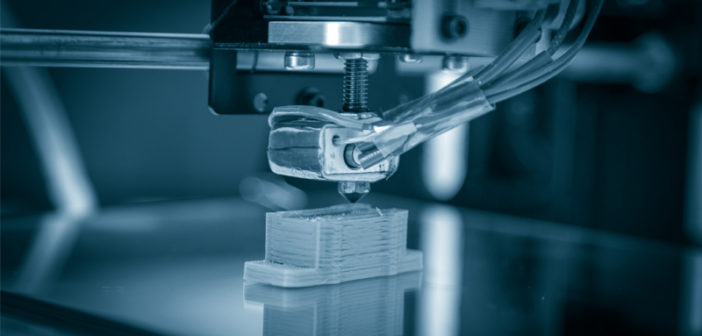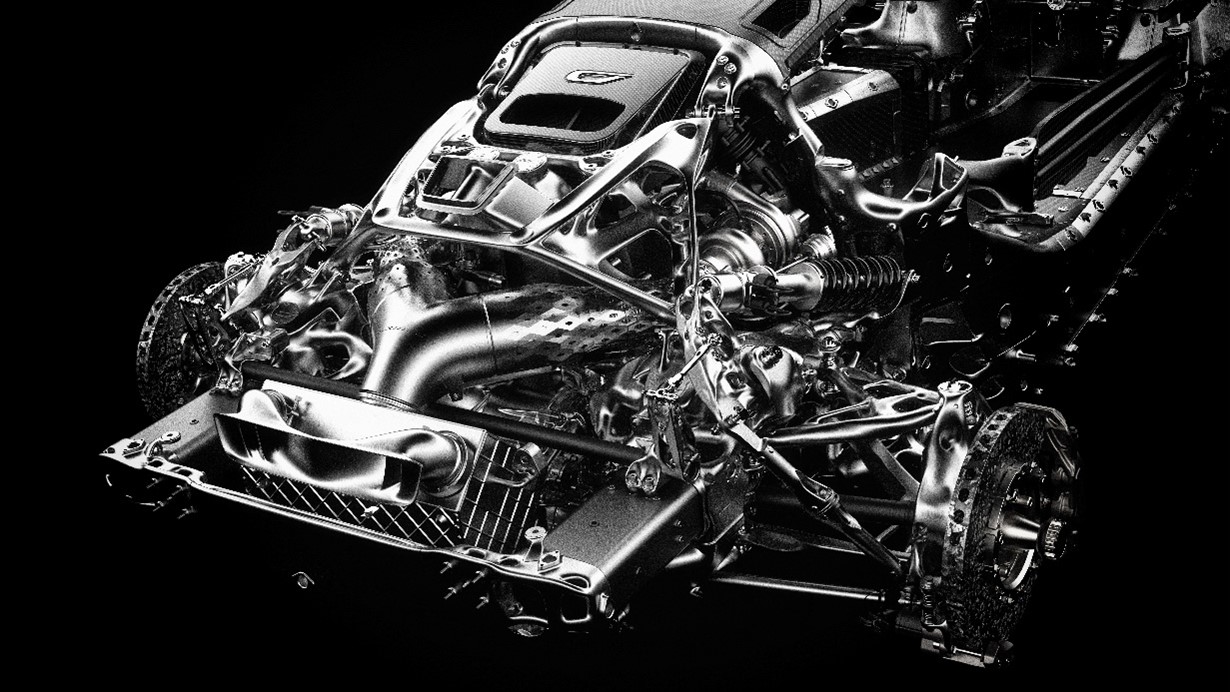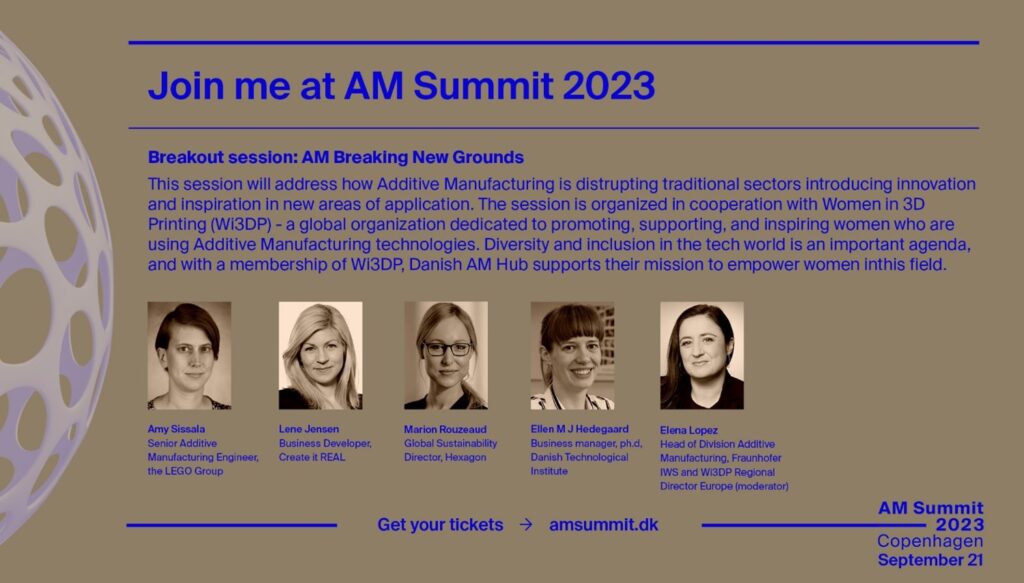*Blog post co-authored by Volker Mensing and Mathieu Perennou
Over the years we’ve learnt to be wary of big statements that make things seem clear and simple. The world is rarely that way and this is certainly the case with additive manufacturing. For one thing, we talk about it as if it were just a single technology, but additive manufacturing is a broad term for more than 30 different techniques covering an array of materials and requirements.
The point is this, we must not fall into the trap of oversimplifying what is a complicated and multifaceted technology.
Additive manufacturing undoubtably presents many opportunities for sustainable production, but we must take each case on its own merits. We must weigh up the pros and cons to make an informed decision.
Here’s an example: One of the biggest sustainability benefits of additive techniques is reduced waste material. Unlike machining and milling, additive manufacturing uses just the right quantity, nothing is wasted. It’s a compelling advantage but there is an oversimplification here. The different materials used in 3D printing each have different carbon footprints. What’s more, different additive processes have different levels of energy consumption. High powered lasers or energy intensive heat sources have very high energy consumption levels. Designers tasked with creating sustainable products need to take that into consideration.
Creating sustainable products with additive manufacturing requires a broad view. For instance, high energy consumption can be offset by functional improvements to designs that only become apparent later in the product lifecycle. Additive manufacturing can be sustainable. It has great potential but it’s up to the engineer to leverage that potential to its best effect across the entire product lifecycle. To achieve that we need to be making the right decisions at every stage.
We know that a product’s carbon footprint is locked in at the design stage, but so too is its potential for sustainability.
Empowering sustainable design
Generative design and additive manufacturing are closely linked and here we can find some strong sustainability benefits. 3D printing allows designers to create complex shapes that would be difficult or impossible to make with traditional techniques. This brings about new efficiencies that weren’t possible before. With generative design we can optimise products for sustainability by increasing efficiency and minimising resource usage. Coupled with additive manufacturing, we get far greater design freedom. We can create better, more efficient products with improved workflows.
Another strong sustainability benefit of additive manufacturing is the ability to combine multiple parts into just one component, functional integration. Fewer parts mean less manufacturing processes and simplified assembly. It’s not just functional integration that’s simplifying workflows. With additive manufacturing there’s no downtime when you switch from producing one component to another. 3D printers can seamlessly change which part is in production.
Making it the right way
One of the most exciting advantages of additive manufacturing is the decentralisation of production. It reduces the need for enormous mega-factories in favour of small scale, localised facilities. Instead of maintaining large warehouses, products and spare parts can be produced on demand by any organisation with the equipment and material supply to do so.
This is an aspect of the technology promising to bring about huge environmental benefits. The reduced transportation requirements will bring about a large reduction in CO2, but we’re also talking about reduced downtimes, lower warehousing costs and fewer risks of supply chain disruption.
When production is localised, organisations can operate with much more flexibility, more agility, supporting local economies. Additive manufacturing is within the capabilities of small-scale entrepreneurs and inventors as much as it is for large organisations. We are seeing a democratisation of production as well as a decentralisation.
Something is printed in the state of Denmark
In 1600, William Shakespeare focused on Denmark when writing Hamlet, widely considered among the most powerful and influential works of world literature. Today, additive manufacturing tech providers and manufacturers also focus on Denmark while rewriting the future of manufacturing.
The Danish AM Hub is a business foundation with a singular mission, “to make Denmark a world leader in the use of additive manufacturing for sustainable production.”
It’s an open alliance of Danish organisations and international partners working to increase awareness and utilisation of additive techniques. The aim is to inspire and unite organisations, SMEs and entrepreneurs, giving them the advice and support they need to maximise the potential of additive manufacturing.
In doing this they are promoting a more sustainable form of production. If the world is to meet the 1.5° climate change target, things need to change. We need to rethink production techniques, rethink making. We need to find and adopt new materials, new designs and whole new value chains.
One of the ways they’re doing that is through the AM Summit, the largest AM conference in Scandinavia and one of the largest in the world. Last year, our very own Mathieu Pérennou, Additive Manufacturing Solutions Director, was invited to talk about additive manufacturing and generative design. Watch his presentation here. This year the AM summit will take place on 21 September and one of the main themes is how additive manufacturing and 3D printing can be an important driver for sustainability.
For more information about the Danish AM Hub, including details on the AM Summit 2023, visit the Danish AM Hub Website and to read more about Hexagon’s additive manufacturing solutions visit our product pages.
















